HotSpots H2O: Deadly Monsoon Flooding Pummels Southern Asia
Flooded rice paddy. Photo courtesy of Wikimedia Commons.
As taps run dry in Chennai, residents of other areas of southern Asia are being inundated by deadly monsoon rains.
A UN briefing estimated that 25 million people in India, Bangladesh, Nepal, Myanmar, and Pakistan have been affected by torrential floods in the past several weeks. The most recent death toll hovers around 660.
The northern Indian states of Uttar Pradesh, Bihar, and Assam are among the hardest-hit, with 467 people reportedly killed by landslides, lightning strikes, and floods since the beginning of July. In Assam, nearly 6 million people have fled their homes, and others remain cut off from aid due to high river levels.
The region’s infrastructure is not able to keep pace with the rain. This weekend, massive storms drenched the megacity of Mumbai, hampering air and rail travel. More than 1,000 people were rescued from a train that was stranded in rising waters just outside the city.
In Bangladesh, the death toll has reached 78, with more than a hundred people reported missing. On July 21, at least 14 people drowned in a single day. Villages in Nepal, where 95 people have died, are also underwater. In Pakistan, the death toll is at 26.
Aid agencies warn that thousands of people across South Asia could be left without food and clean water if rivers don’t subside. There is also concern about the spread of waterborne disease.
In addition, the devastating floods could contribute to food scarcity in the longer-term, officials say.
“Such a large number of people are so dependent on this intensively seasonal rainfall,” explains Sunil Amrith, a professor of South Asian studies at Harvard University. “If the monsoons are late, or if they fall short of normal expectations, or they are in excess, they can ruin a harvest.”
Meanwhile, monsoon precipitation in India overall has been slightly below-average, leaving other districts too parched to grow crops.
Kayla Ritter is a recent graduate of Michigan State University, where she studied International Relations and Teaching English to Speakers of Other Languages. She is currently based in Manton, Michigan. Kayla enjoys running, writing, and traveling. Contact Kayla Ritter

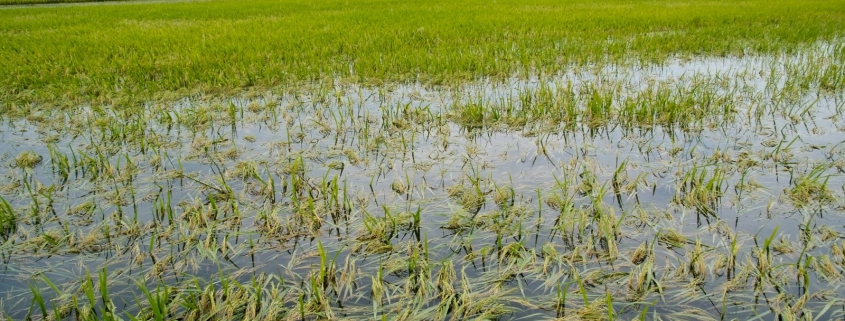
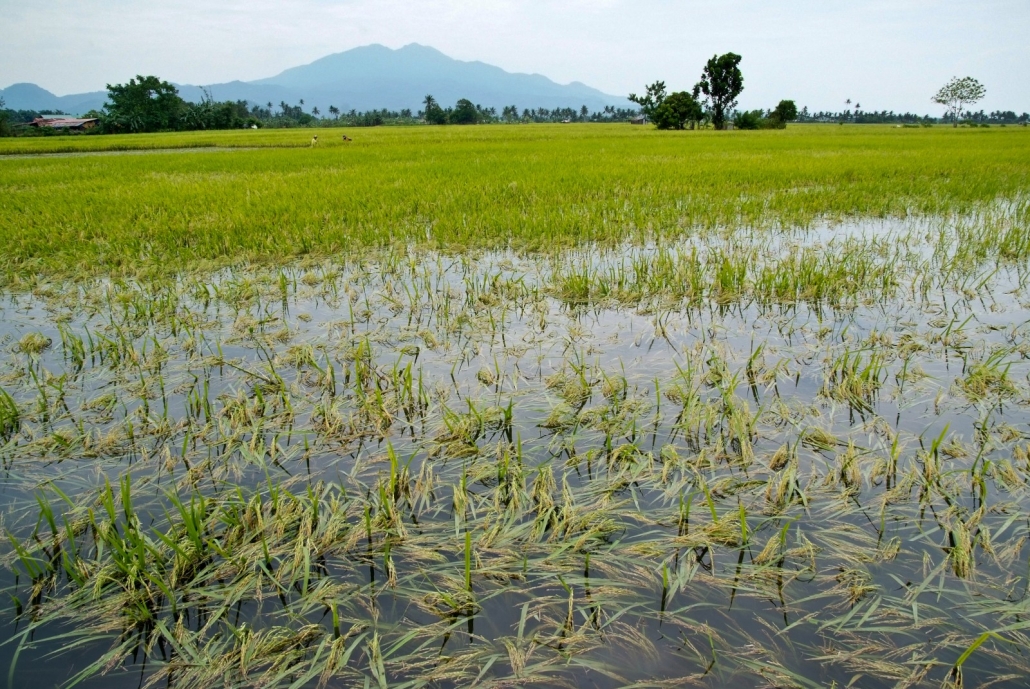

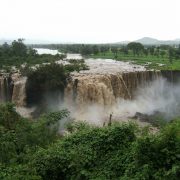

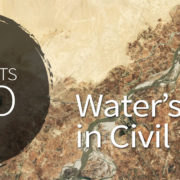


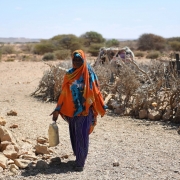

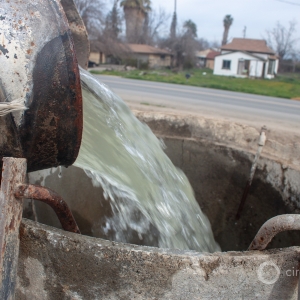

Leave a Reply
Want to join the discussion?Feel free to contribute!